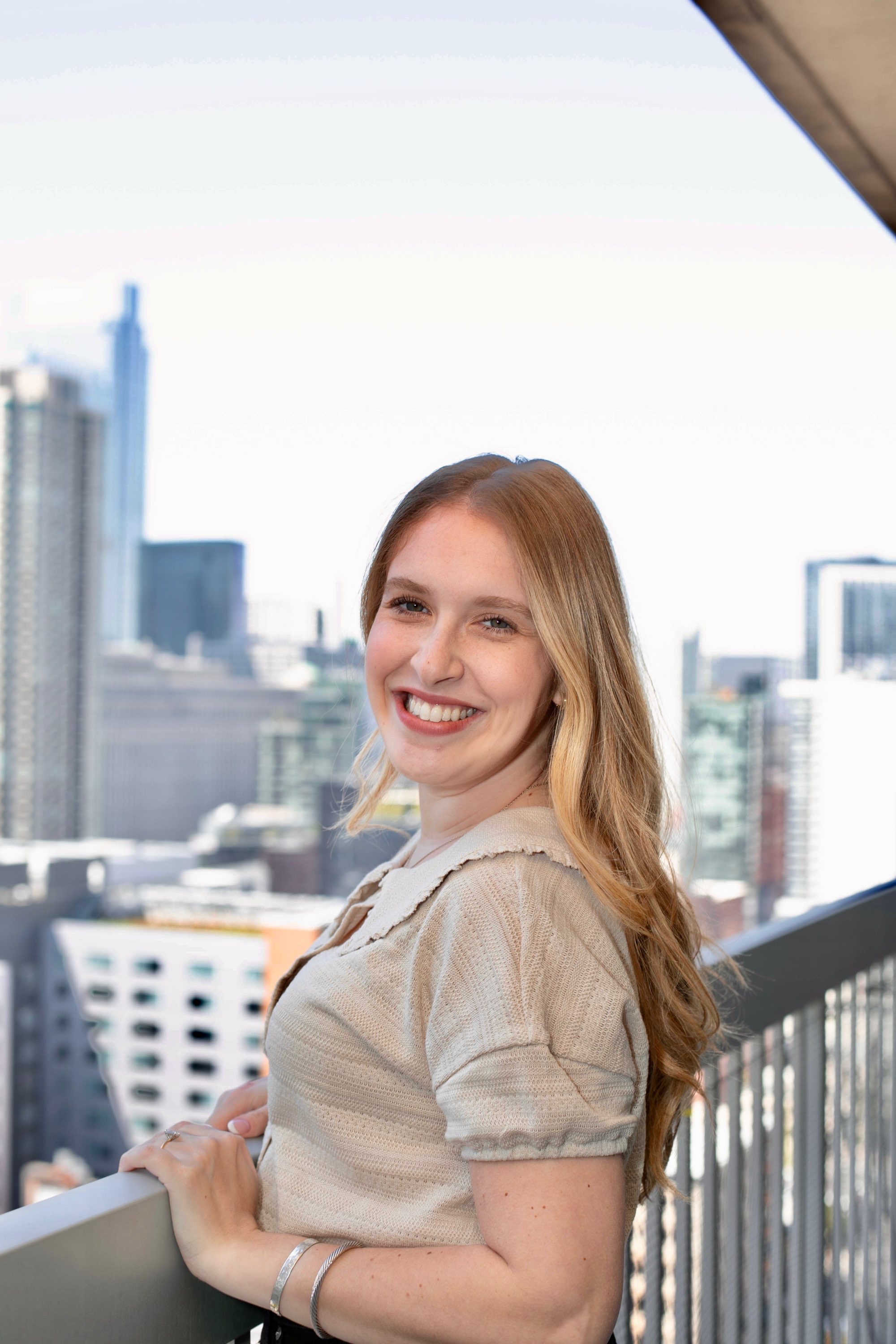The Abundance of ADHD: When “Too Much” Is Actually a Gift
- Paige Herman
- Oct 21
- 3 min read
If you live with ADHD, you might’ve been told you’re too much—too distracted, too talkative, too focused on the wrong thing, too full of ideas.
But what if ADHD isn’t a deficit at all.
What if it’s an abundance?

The ADHD Abundance Mindset
People with ADHD often live in a world of more.
More thoughts, more curiosity, more creative energy.
When something sparks our interest, we don’t dip a toe in—we dive headfirst. We see patterns others might miss, we dream in technicolor, and we feel everything deeply.
This abundance can look like:
An abundance of focus — when hyperfocus takes over, hours fly by in what feels like minutes.
An abundance of interests — one minute it’s astrophysics, the next it’s watercolor painting. We’re wired for novelty and exploration.
An abundance of ideas — brainstorming is easy; choosing one idea to follow through on is the hard part.
ADHD brains are wired for possibility. We see “what could be” everywhere we look.
The Double-Edged Sword
But abundance comes with weight.
With so many interests, it’s hard to know where to start—or when to stop.
With so many ideas, we can get lost in our own potential.

With so much energy, burnout can sneak up fast.
The same traits that fuel creativity can also create chaos. We start five projects because they all feel exciting in the moment, then feel
guilty when we can’t finish them all.
We feel “too much” in a world that values neat boxes and tidy checklists.
When Abundance Feels Like Overwhelm
Sometimes that abundance feels like a storm inside your brain—so many tabs open that you forget which song was playing. You might feel pulled between excitement and exhaustion, pride and guilt, drive and distraction.

That’s not failure—it’s your brain doing exactly what it’s designed to do. ADHD brains are wired for stimulation, not stillness. When there’s too much input, or not enough structure to contain it, everything spills over. Recognizing this isn’t about self-blame—it’s about compassion.
The goal isn’t to quiet your mind; it’s to help it flow in a way that works for you.
Learning to Channel the Abundance
The key isn’t to shrink yourself—it’s to redirect your abundance with intention.
That might mean:
Using structure as a support, not a cage
Setting gentle limits on new commitments before saying “yes”
Writing ideas down to honor them—without needing to chase every one
Recognizing that rest is part of productivity
When we learn to work with our abundance instead of against it, it becomes our biggest strength.
Because the world needs people who overflow with curiosity, empathy, creativity, and passion.
The goal isn’t to be less—it’s to be aligned.
Something to Take With You
If this idea of ADHD as abundance resonates with you, try one of these small steps this week:
Name Your Abundance.
Write down three ways your abundance shows up — maybe it’s creativity, energy, or empathy. Seeing it on paper helps you notice what’s working for you instead of what’s working against you.
Contain, Don’t Constrain.
Choose one system that supports your abundance — maybe a whiteboard for ideas, a voice note app for inspiration, or a visual timer to bring you back to the present. The goal isn’t to limit your flow; it’s to give it direction.
Honor Rest as Part of the Cycle.
Abundance takes energy. Schedule a small reset — five minutes of quiet, a walk, or a stretch. Refueling isn’t optional for an abundant brain; it’s maintenance.
Closing Thought
ADHD doesn’t mean you’re too much.
It means you have more—more imagination, more intensity, more drive to create and connect.
And when you learn to channel that abundance, you don’t just manage ADHD—you thrive because of it. AND if you need support doing that, you're not alone! Click the button below to reach out even if it's just to chat for a few minutes. I'm here!
Here’s to embracing your abundance — even if it means 37 tabs open, 12 ideas in progress, and a timer somewhere still going off.
— Paige

Paige Krug is a certified ADHD/Executive Function Coach and Neurodivergent Educational Advocate from Chicago’s North Shore. Drawing on her background as a Learning Behavior Specialist, she works with clients of all ages—with a special focus on helping students understand how their brains work so they can build systems that support focus, confidence, and emotional well-being. Paige’s approach combines neuroscience and practical strategy to create a collaborative, supportive space where every unique mind can thrive.




